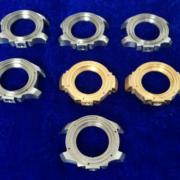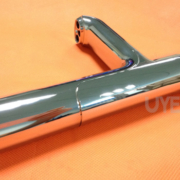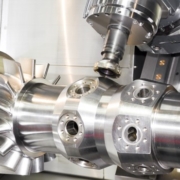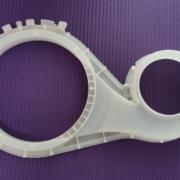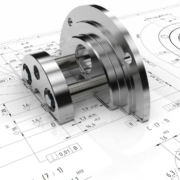9 Tips Save Money on CNC Machining Parts
CNC machining is ingrained in various sectors, providing the tools and components required with unmatched precision. It is no exception to businesses looking to save money. In this blog, we will open some of the top-notch secrets to save money on CNC machining parts. By comprehending the process and the variables affecting the price, you may decrease the cost of custom CNC Machining. Before we tell you more about the secrets, let’s first learn the factors that increase or decrease CNC machined parts’ cost.
Some of the major factors contributing to the Cost of CNC machined parts:
If you want to reduce the cost of CNC Machining, you must first understand the variables that influence the cost of CNC components – machining time, startup expenses, material prices, and so on. Here is some basic information on these factors that may assist reduce CNC machining costs.
- Machining Time: Machining time is the main cost driver. Longer production times mean greater costs.
- Material Costs: Material costs and processing time all factor into the cost of CNC machining.
- Additional Manufacturing Costs: Certain CNC machined components have unique requirements, such as close tolerances or thin walls. These often need specialized equipment, different processing stages, and slower machining rates. All of these variables may affect the machining time, which in turn increases the cost.
Cost-cutting Strategies for CNC Machining
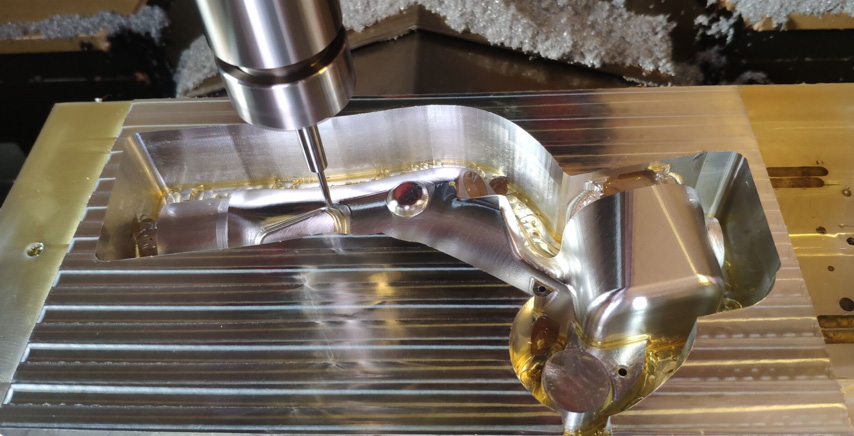
Each of these categories — machining time, startup costs, material costs, and other production expenses — may be improved to aid in custom CNC Machining cost reduction. While we cannot change some product specifications, improving your design may substantially decrease machining costs. Here are a few of our cost-cutting ideas for CNC machining.
1. Optimize Material Selection
While the raw material cost may be cheap, if it is difficult to process, it may cost more than slightly more costly but simpler to produce the raw material. By and large, softer materials need less machine time and maybe cut with less costly equipment. Such as: some of components material can be used Stainless Steel instead ,rather than Titanium .Obviously the cost of machining titanium will be much more than stainless steel .
2. Balance Quantity & Turnaround Time
You can’t spend all your time machining a single part when you have a pool of orders. In such cases, you need to balance the turnaround time and quality of the parts without compromising on the quality. Custom CNC Machining is usually the most cost-effective method for producing quantities less than 1K. Costs are also affected by the speed you need components: CNC machined parts supplied in a few weeks will be less expensive than machined parts delivered in two to three days.If it is in urgent .Then, machine shop has to arrange people work over time to speed the production up .
3. Appraise Finishes Carefully
Surface finishing and other treatments, including heat treatment, specialty coatings, and anodizing, add to the project’s cost and should be carefully considered. Multiple finishing procedures or surface finish types on a single component can increase processing steps ,however ,this is not a major factor.
4. Avoid Walls That Are Too Thin
Parts having excessively thin walls — typically less than 0.5 mm — are not suitable for custom CNC Machining. Thin walls may induce deformation, making tolerances harder to maintain. Additionally, they may create chatter, reducing machine rates. Both result in increased machine and operator time expenses. So the designer should take it into account when making the design.
5. Preserve Internally Rounded Corners
Allow machining equipment to perform what they currently do automatically to guarantee your design does not slow them down. Internal corners are automatically rounded by tools such as milling cutters and end mills. The larger the radius of the corner, the less material the tool needs to remove, resulting in fewer passes. If some sharp corners have to stay ,it will relate to EMD machine process.
6. Avoid Complicated Components
Complex, highly complicated components require several processes and, in some cases, multiple machines, increasing programming, fixture, and setup expenses. Certain complicated items, such as those requiring operations on many sides, even it needs to turn over again and again,would be more cost-effective to manufacture if planned as distinct components that are then put together after machining.
7. Keep Internal Cavities to a Minimum
Parts having deep interior holes, often referred to as deep pockets, are an excellent illustration of how part shape impacts the cost of machining time and material amounts. These designs may take many hours of machining to remove sufficient material to form the cavities, resulting in waste material and difficulties removing chips.
8. Use Common Drill and Tap Hole Sizes
A design that takes advantage of conventional tap holes and drill diameters can save money in various ways. Costs associated with tap holes may be increased by both the tap size and the tread depth. Threaded holes less than 2-56 inches in diameter will need manual tapping, which will increase time and labor expenses, and should thus be avoided.
9. Ascertain Design Accuracy
Accuracy in design plays a significant role in saving time. If your designs are not accurate, then it might take several attempts to produce the correct product, eventually adding to the project’s cost. Although it may be more expensive upfront, it may save you money in the long term.

